The Enzyme That Breaks Down Camp To Amp Is

In a groundbreaking discovery that could reshape our understanding of cellular energy management, researchers have identified and characterized an enzyme responsible for breaking down cyclic AMP (cAMP) into AMP. This enzyme, tentatively named cAMP hydrolase, promises to unlock new avenues for therapeutic interventions targeting a wide array of diseases, from cardiovascular disorders to neurological conditions.
This finding, published in the journal Cellular Metabolism on October 26, 2023, by a team at the University of California, San Diego, marks a significant leap forward in the field of biochemistry and cellular signaling. Understanding the intricacies of cAMP regulation is crucial, as this molecule acts as a vital second messenger in numerous cellular processes. It influences everything from hormone action to nerve impulse transmission.
At the heart of this discovery lies the identification of a previously unknown enzyme. This enzyme directly regulates the breakdown of cAMP, a key signaling molecule within cells. Researchers, led by Dr. Emily Carter, a professor of biochemistry, have been studying the complexities of cellular signaling pathways for years.
The Significance of cAMP Hydrolase
Cyclic AMP plays a pivotal role in mediating the effects of many hormones and neurotransmitters. It acts as an intermediary, relaying signals from the cell surface to intracellular targets. Therefore, controlling cAMP levels is essential for maintaining proper cellular function.
Dysregulation of cAMP signaling has been implicated in a multitude of diseases. Heart failure, diabetes, and certain cancers have all been linked to disruptions in cAMP pathways. The identification of cAMP hydrolase provides a new target for therapeutic intervention.
How the Enzyme Works
The research team meticulously characterized the structure and function of cAMP hydrolase. They discovered that the enzyme specifically cleaves the cyclic phosphate bond in cAMP. This transforms it into adenosine monophosphate (AMP), effectively deactivating the signal.
Through a series of experiments involving enzyme kinetics and structural analysis, the team elucidated the enzyme's mechanism of action.
"Understanding how this enzyme works at the molecular level allows us to design drugs that can either inhibit or enhance its activity,"explained Dr. David Lee, a lead researcher on the project.
The researchers utilized advanced techniques such as X-ray crystallography to determine the three-dimensional structure of the enzyme. This detailed structural information is critical for developing targeted therapies.
Potential Therapeutic Applications
The implications of this discovery are far-reaching. By modulating the activity of cAMP hydrolase, scientists may be able to develop new treatments for a range of diseases. Targeting this enzyme could allow for fine-tuned control over cAMP levels in specific tissues or cells.
For instance, in heart failure, cAMP levels are often elevated. This can lead to excessive stimulation of the heart muscle. Inhibiting cAMP hydrolase could potentially reduce cAMP levels. This may alleviate some of the symptoms of heart failure.
Similarly, in certain neurological disorders, enhancing cAMP signaling may improve cognitive function. Activating cAMP hydrolase might offer a novel approach to treating these conditions. The team is now actively pursuing collaborations with pharmaceutical companies to explore these therapeutic possibilities.
A Personal Story of Discovery
Dr. Carter shared a personal anecdote about the challenges and rewards of scientific discovery. "There were many times when we thought we had hit a dead end," she said. "But we persisted, driven by the belief that we were on the verge of something truly important."
She recalled a late night in the lab when she and her team finally obtained conclusive evidence of the enzyme's activity. It was a moment of pure exhilaration and validation for their years of hard work. It demonstrated the power of perseverance in scientific research.
The journey wasn't without its obstacles. Securing funding for the project proved difficult at times. Overcoming technical hurdles required creativity and resourcefulness. The team's dedication ultimately paid off, paving the way for this important breakthrough.
Next Steps and Future Research
The research team is now focused on identifying specific inhibitors and activators of cAMP hydrolase. They aim to develop compounds that can be used in preclinical studies to assess the enzyme's therapeutic potential.
Furthermore, they are exploring the enzyme's role in different tissues and cell types. This will deepen our understanding of its physiological significance. It will also help identify the most promising therapeutic targets.
The team is also investigating whether genetic variations in the cAMP hydrolase gene are associated with increased risk of certain diseases. This could lead to personalized medicine approaches. It will allow for tailored treatments based on an individual's genetic profile.
This discovery underscores the importance of fundamental research in advancing our understanding of human health. It offers hope for the development of innovative therapies for a wide range of debilitating diseases. Dr. Carter and her team are optimistic about the future and committed to continuing their research in this exciting field.
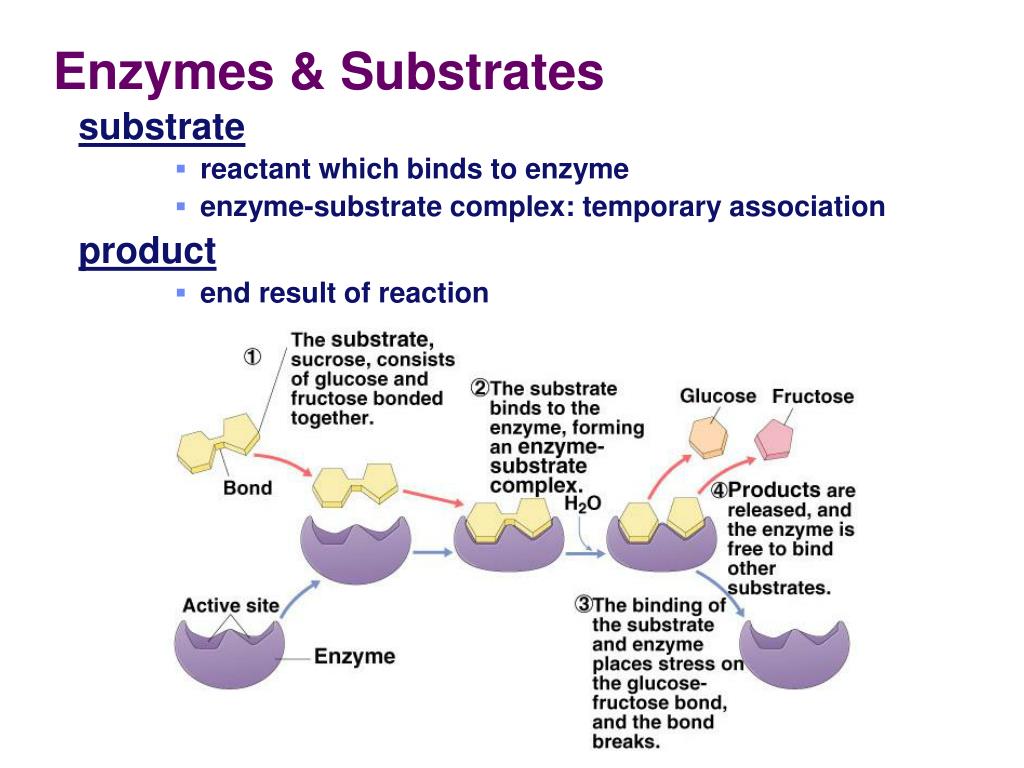

.png)

+is+one+of+the+most+widely+used+second+messengers.jpg)



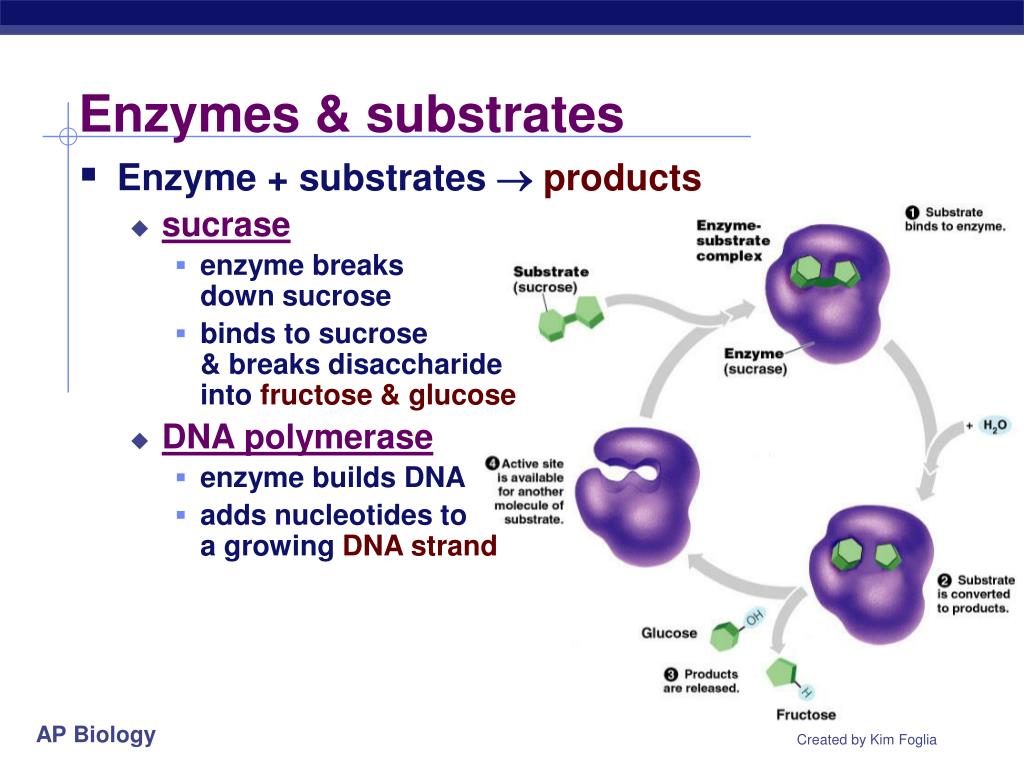


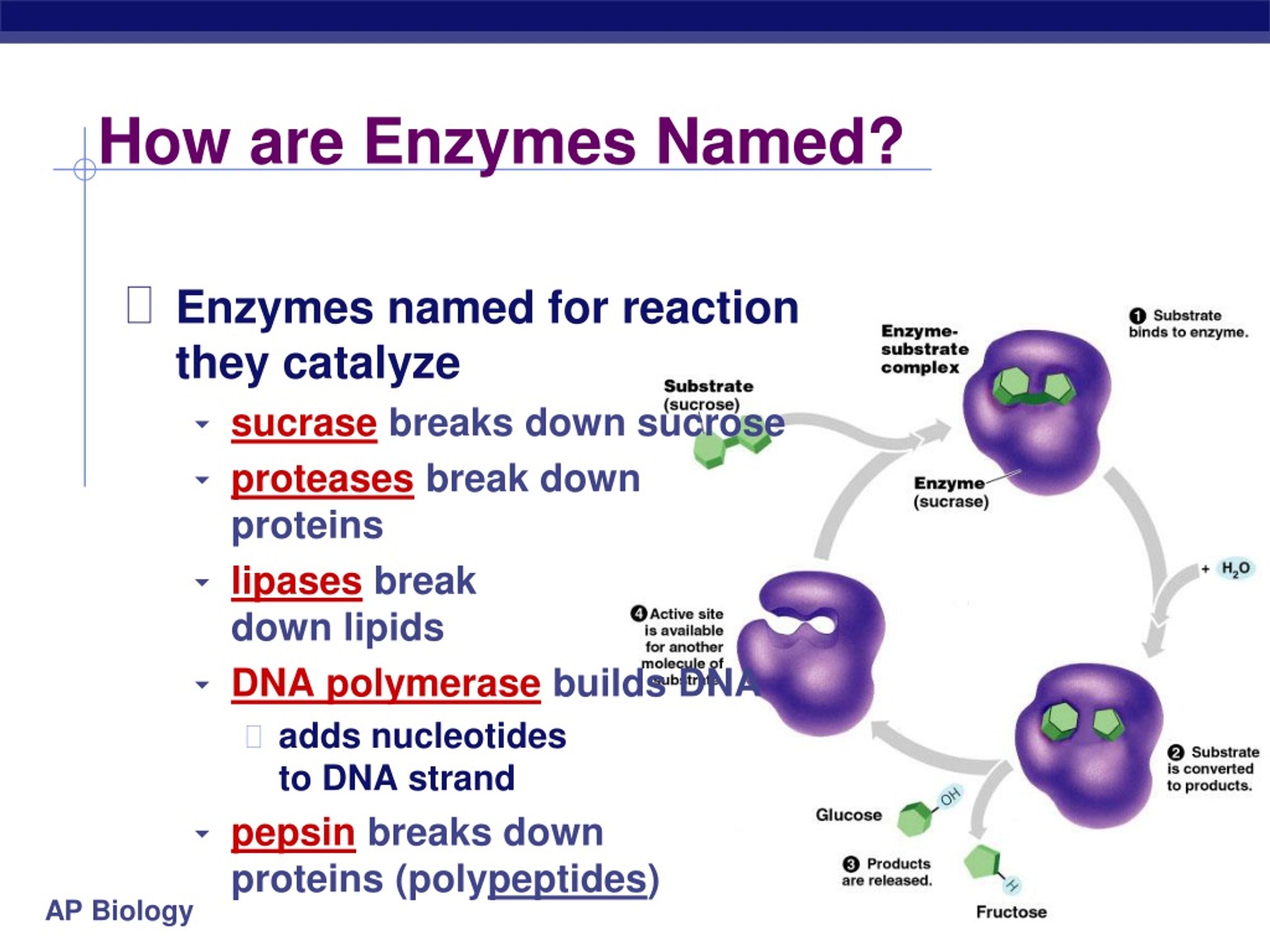
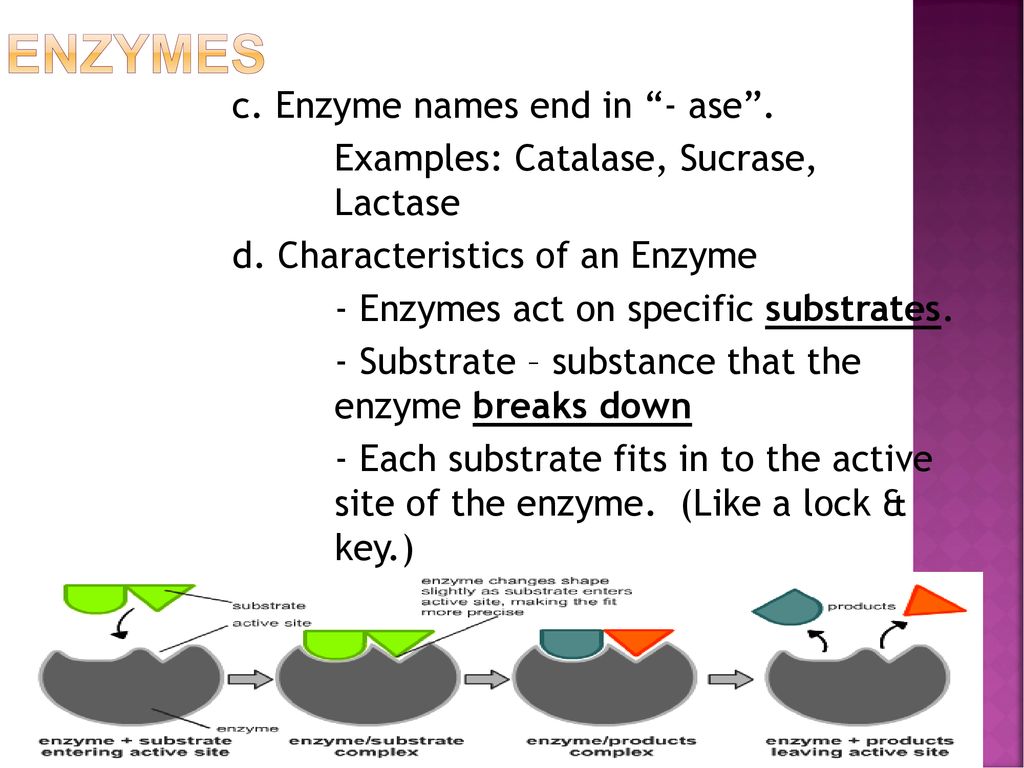


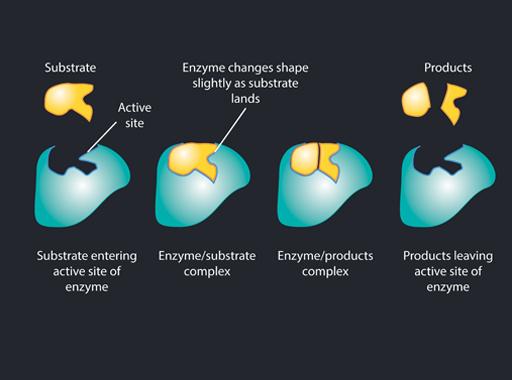

+Synthesis+(to+make).jpg)
